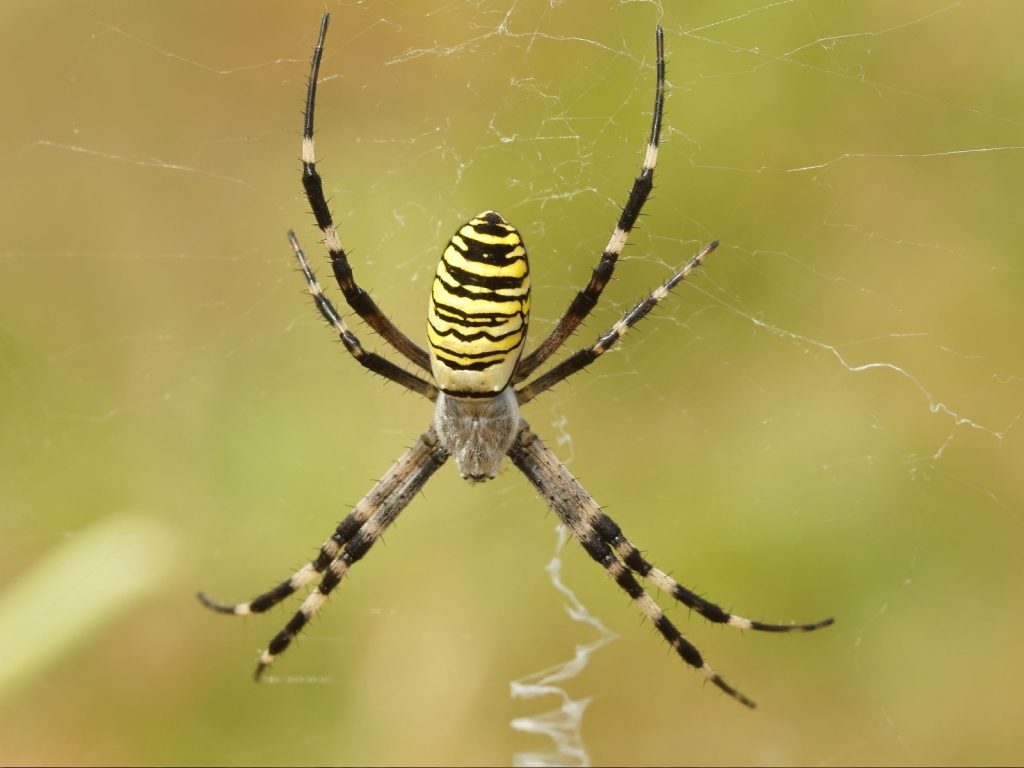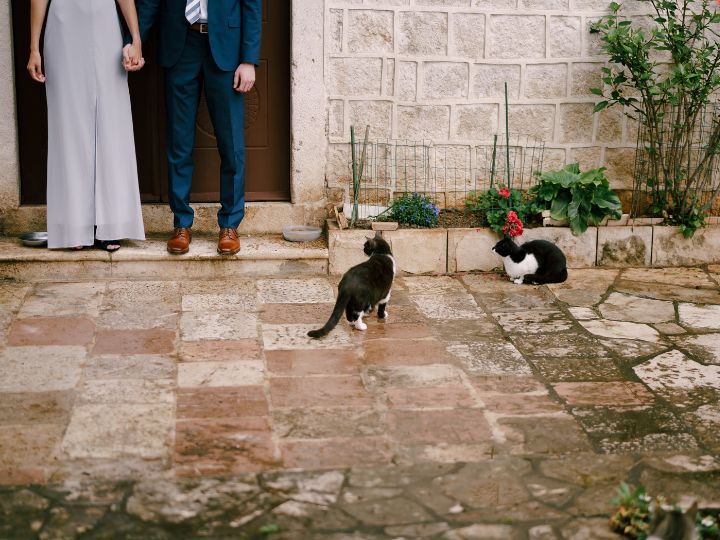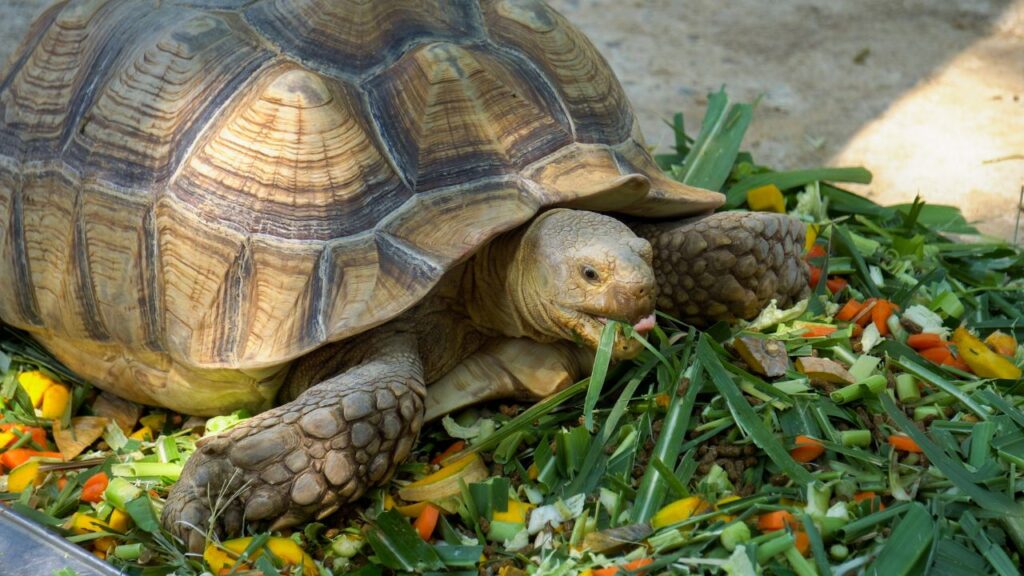Spiders often get a bad rap, but most are harmless and actually quite helpful. In Britain, we’re lucky to have a wide range of fascinating eight-legged friends, many of which look more frightening than they really are. From garden dwellers to house guests, these spiders help keep pest populations in check and are an important part of our natural world. Let’s take a closer look at some of these misunderstood creatures that might make you jump at first glance, but are actually nothing to worry about. Here are 14 British spiders that may look scary, but are completely harmless to humans.
Giant House Spider
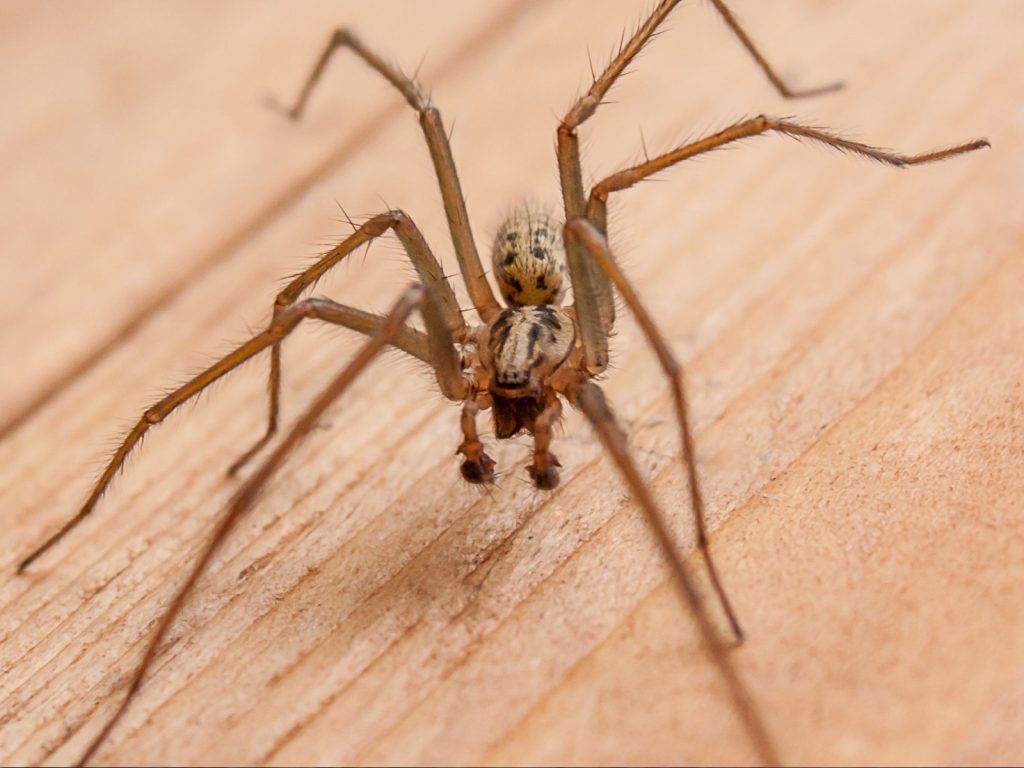
The Giant House Spider is one of the largest spiders you’ll find in British homes, with a leg span that can reach up to 12 centimetres. Despite its size, it’s not dangerous to humans and prefers to stay out of sight. These spiders are excellent at controlling fly and mosquito populations in your home. They’re also known for their impressive speed, capable of running up to half a metre per second.
False Widow Spider
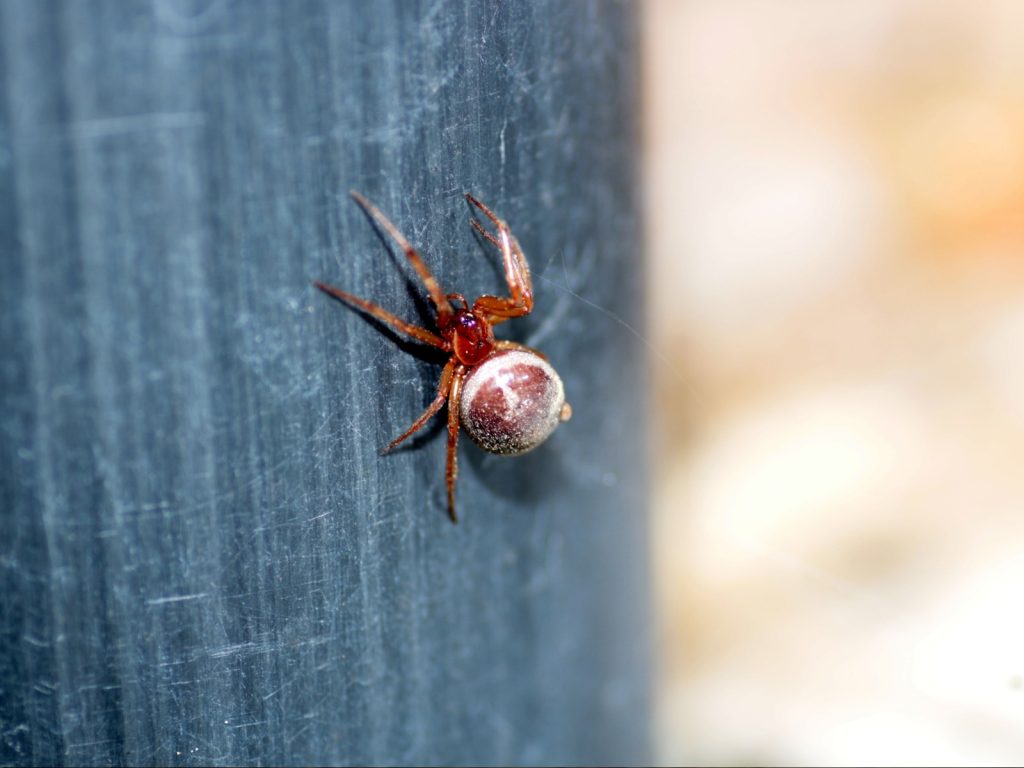
Often mistaken for the more dangerous Black Widow, the False Widow is actually quite harmless. It has a distinctive bulbous body with cream-coloured markings. While it can bite if provoked, the effect is usually no worse than a bee sting for most people. False Widows are most active at night and prefer warm, dry environments.
Zebra Spider
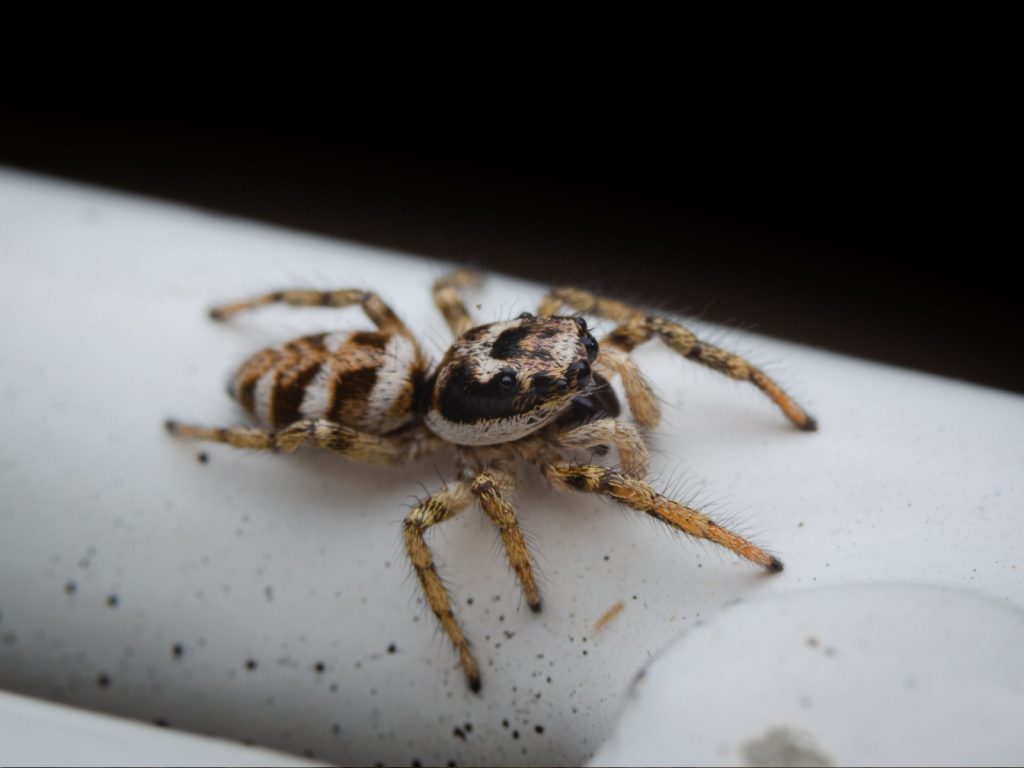
The Zebra Spider gets its name from its striking black and white striped pattern. It’s a type of jumping spider, which might sound alarming, but it’s actually quite small and completely harmless to humans. These little acrobats are fascinating to watch as they hunt their prey. Zebra Spiders have excellent vision, with four large eyes on their face and four smaller eyes on top of their head.
Garden Spider
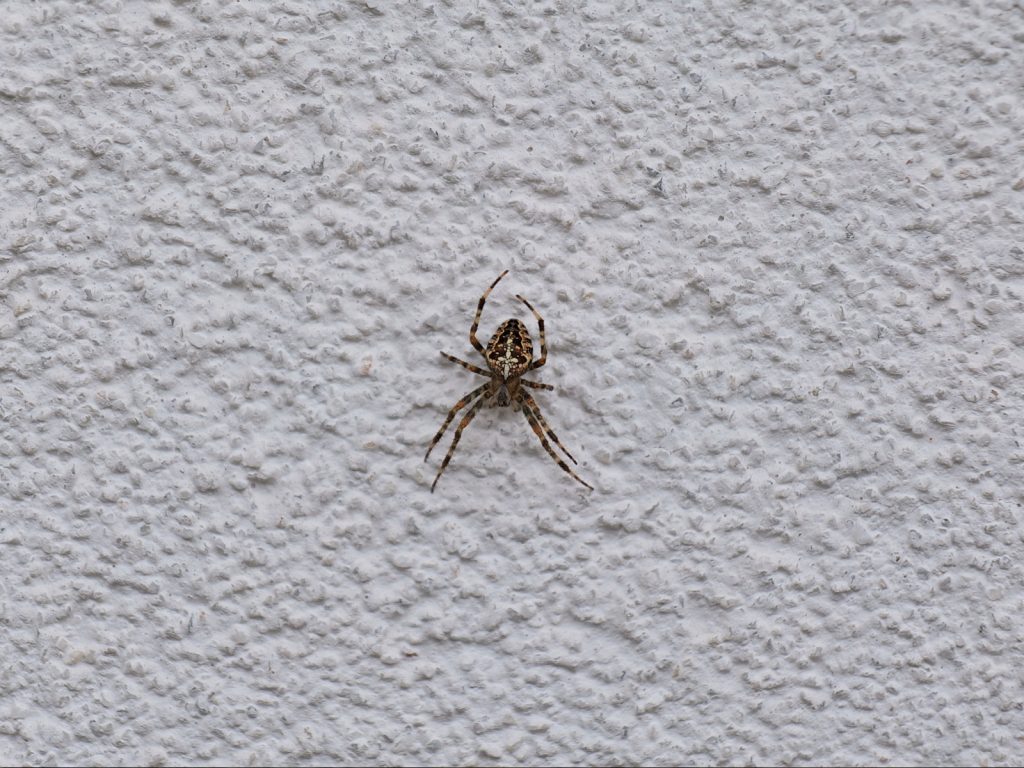
The Garden Spider, with its large size and distinctive cross-shaped marking, might look intimidating. However, it’s a peaceful creature that helps control garden pests. Its beautiful orb webs are a marvel of natural engineering. Female Garden Spiders are much larger than males and can often be seen guarding their egg sacs in late summer.
Lace Web Spider
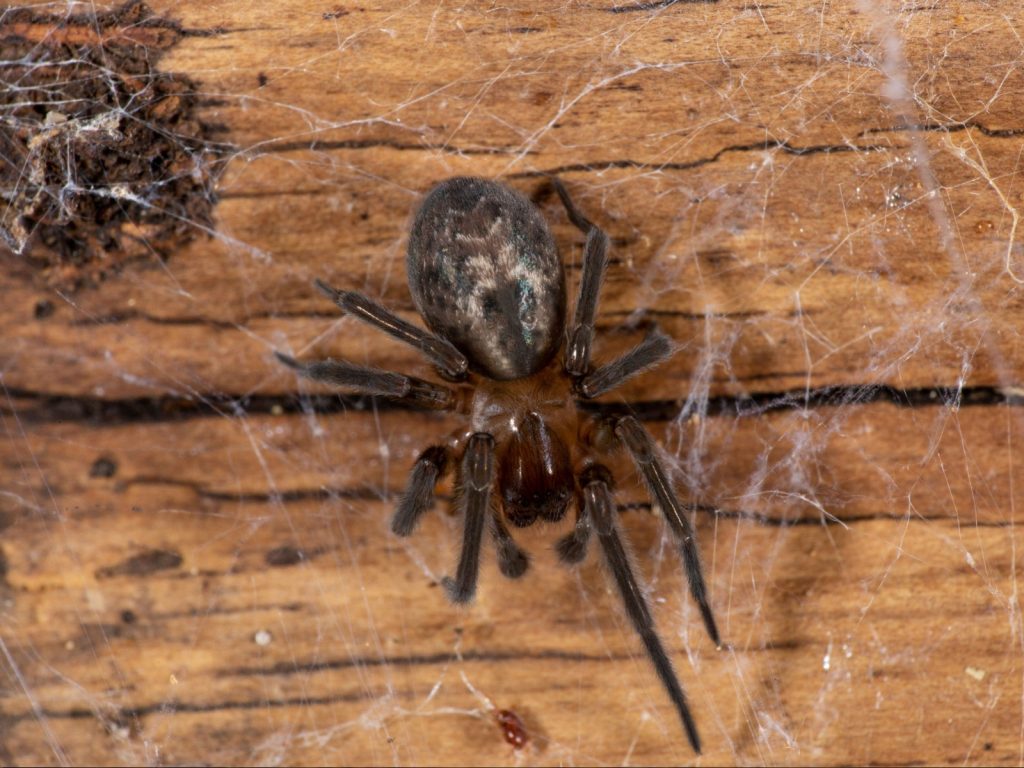
The Lace Web Spider has a rather hairy appearance that might make some people uneasy. Despite its looks, it’s harmless to humans and primarily feeds on small insects. Its intricate webs can often be found in the corners of windows and doors. These spiders are nocturnal and will quickly retreat if disturbed during the day.
Cellar Spider
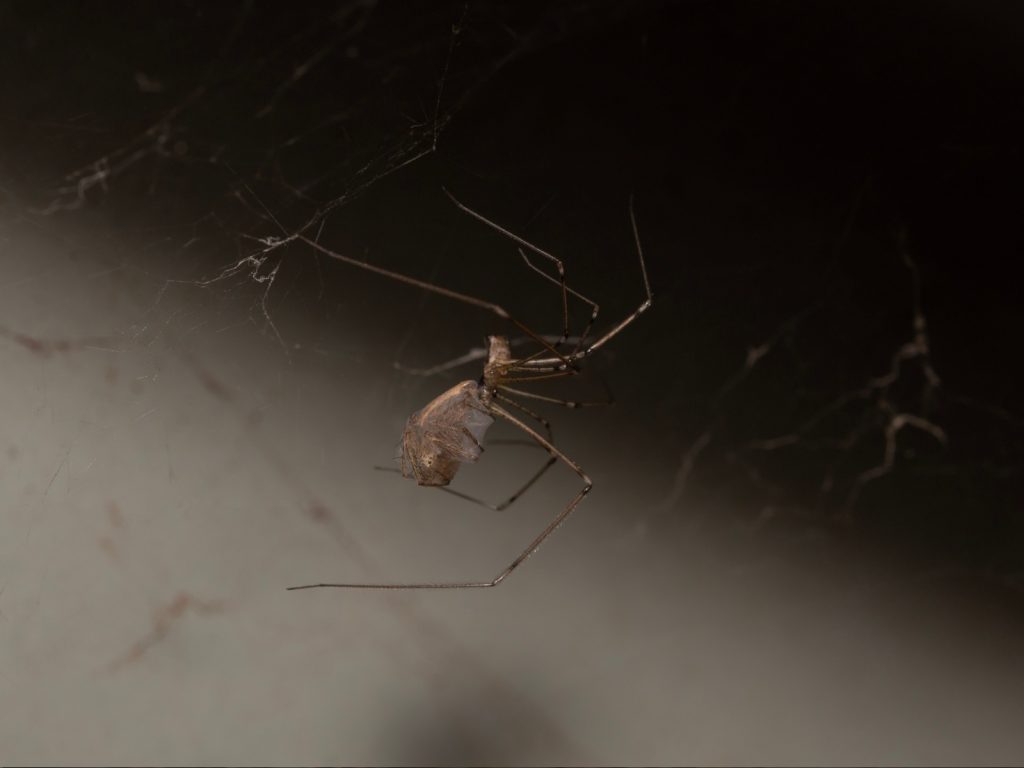
Also known as the Daddy Long-legs Spider (not to be confused with the harvestman), the Cellar Spider has an unusually gangly appearance. These spiders are completely harmless and are excellent at catching flies and mosquitoes in damp areas of homes. Cellar Spiders are known for their unique hunting technique of throwing silk over their prey before biting.
Wolf Spider
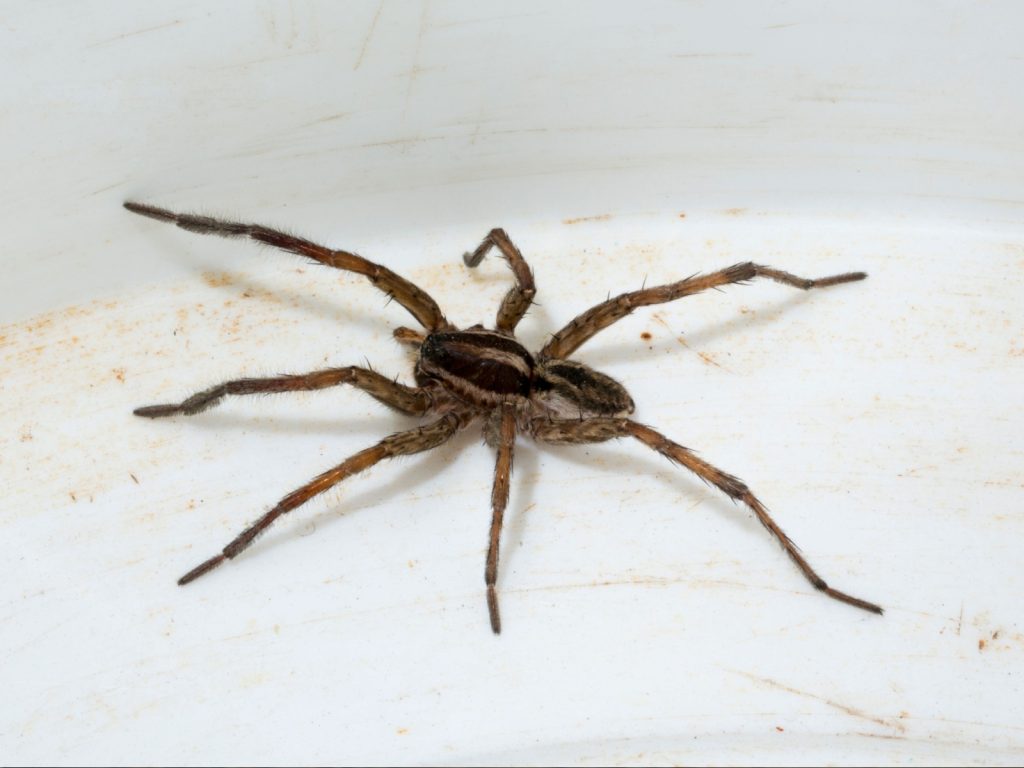
Wolf Spiders are large and hairy, which can make them look quite frightening. However, they’re actually shy creatures that prefer to run away from humans. These ground-dwelling spiders are beneficial in gardens, where they hunt a variety of pests. Female Wolf Spiders are known for carrying their egg sacs attached to their spinnerets and later carrying their spiderlings on their backs.
Walnut Orb-weaver Spider
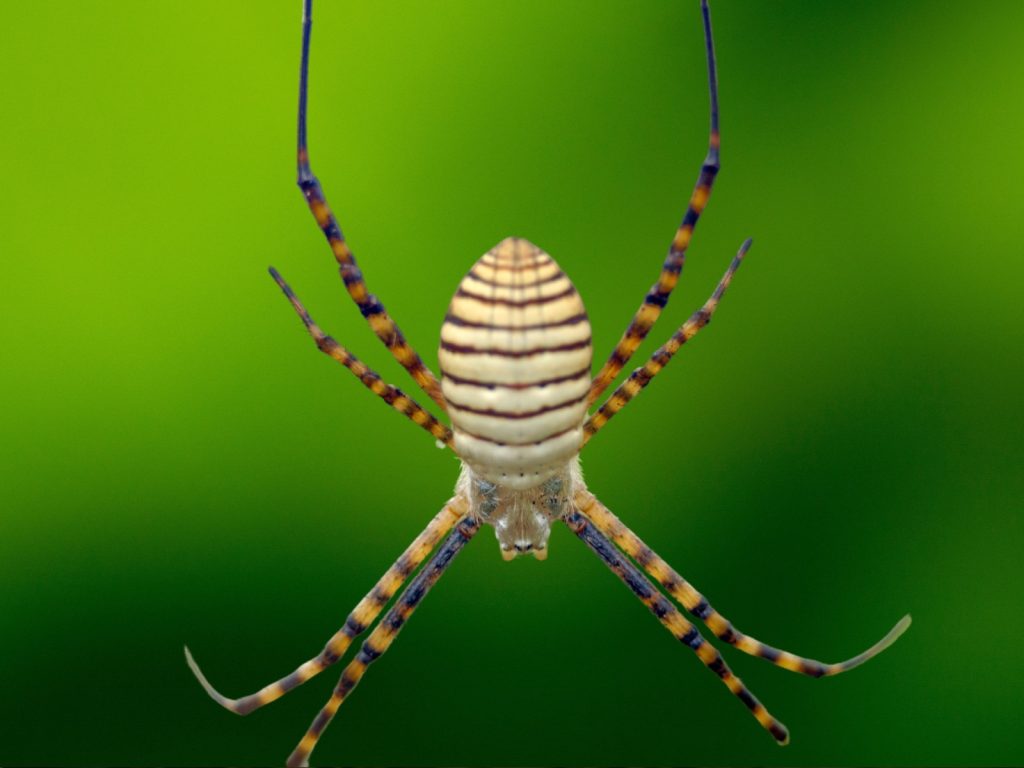
The Walnut Orb-weaver Spider has a distinctive shape that resembles a walnut, hence its name. While its appearance might be startling, it’s harmless to humans and creates beautiful circular webs to catch flying insects. These spiders often rebuild their webs daily, consuming the old web to recycle proteins.
Tube Web Spider
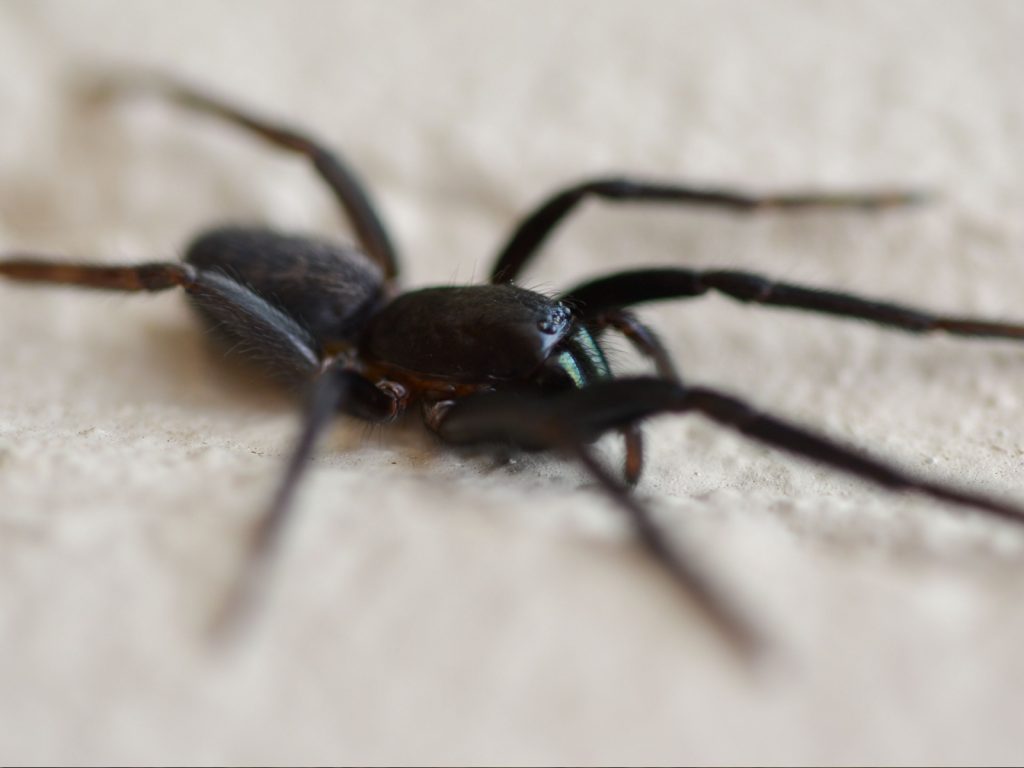
The Tube Web Spider creates funnel-shaped webs in cracks and crevices. Its large size and fast movements might be alarming, but it’s not dangerous to humans. These spiders are actually quite shy and prefer to stay in their web homes. They’re known for their unique defensive posture, rearing up on their hind legs when threatened.
Cardinal Spider
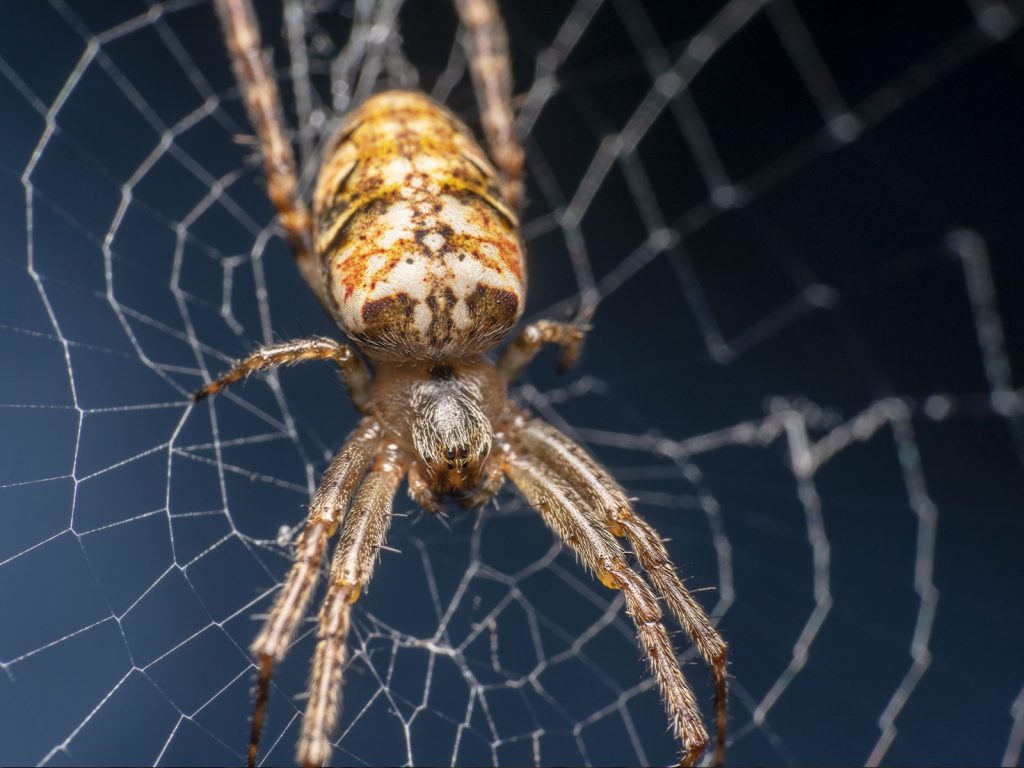
Named after Cardinal Wolsey, who was said to be terrified of them, the Cardinal Spider is one of the largest house spiders in Britain. Despite its size, it’s harmless and actually quite timid, preferring to stay out of sight. These spiders can live for up to three years and are most commonly seen during their mating season in autumn.
Wasp Spider
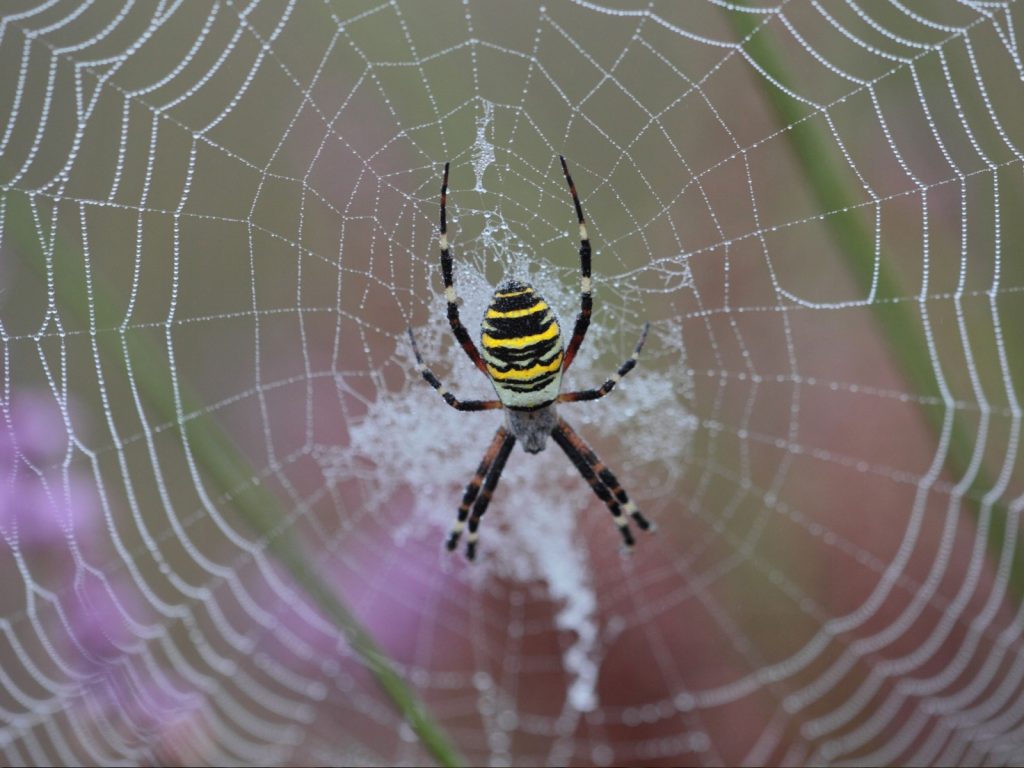
The Wasp Spider’s yellow and black striped body might make you think twice, but it’s all show. These spiders are harmless to humans and are actually quite beneficial in gardens, where they help control insect populations. Wasp Spiders are relatively new to Britain, having first been recorded in the 1920s, and are now spreading northwards due to climate change.
Common Crab Spider
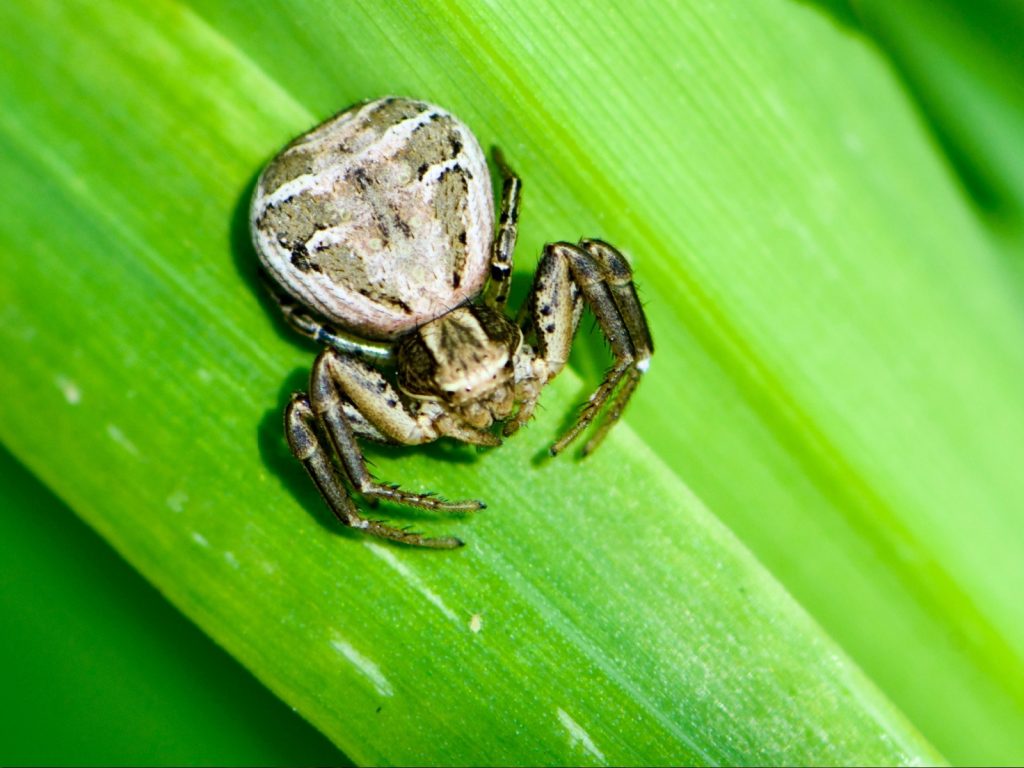
The Common Crab Spider has a distinctive crab-like walk and the ability to change colour to match its surroundings. While this might seem creepy, these spiders are completely harmless and play a crucial role in pollination by preying on insects that visit flowers. Their colour-changing ability can take several days and helps them ambush prey more effectively.
Ant-mimic Spider
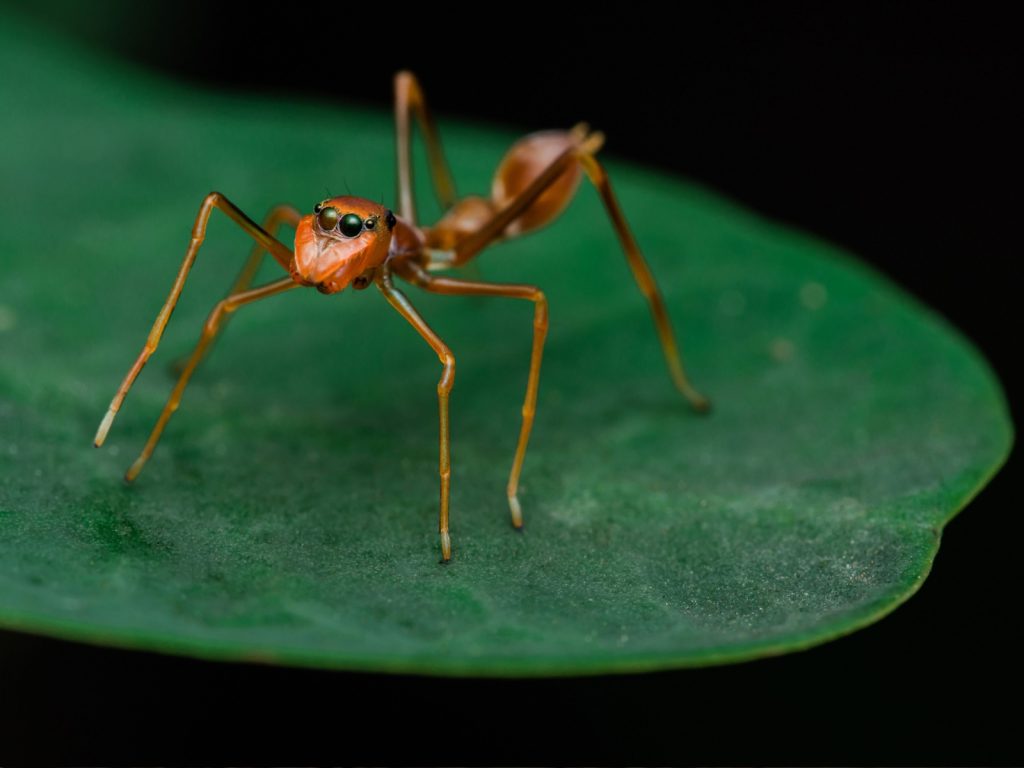
As its name suggests, the Ant-mimic Spider looks remarkably like an ant. This clever disguise might seem unsettling, but these tiny spiders are harmless to humans. They use their ant-like appearance to sneak up on their insect prey. Some species of Ant-mimic Spiders even produce pheromones that smell like ants to further fool their prey and predators.
Cucumber Spider
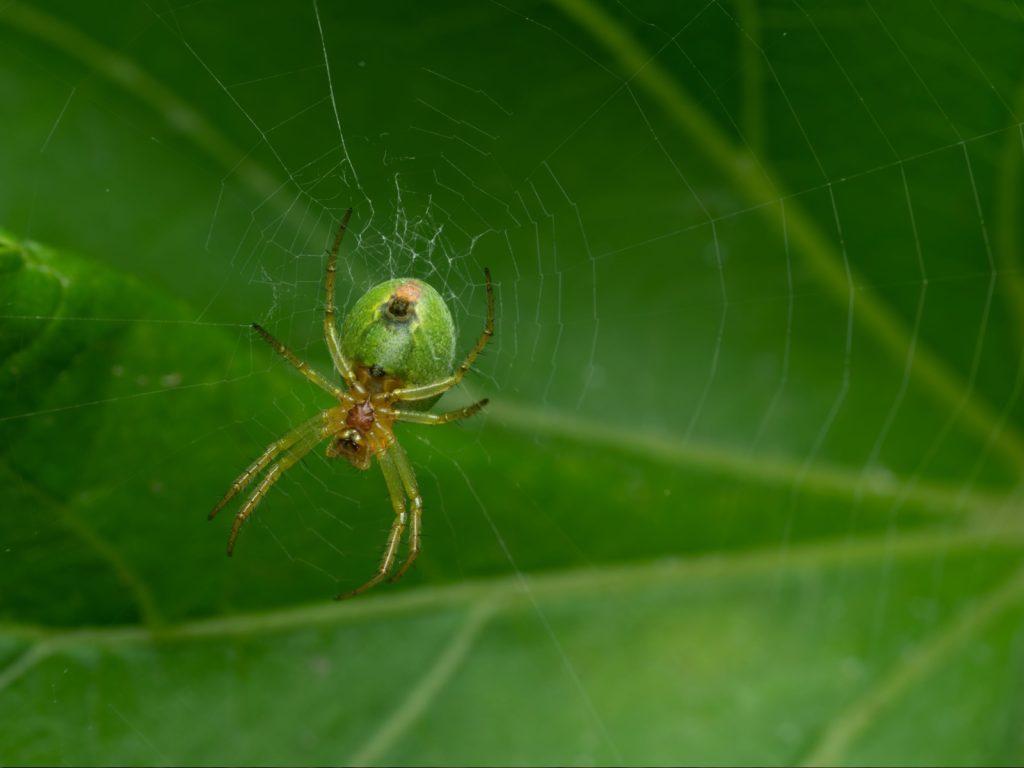
The Cucumber Spider, named for its pale green colour, might startle you if you spot one in your garden. However, these spiders are gentle creatures that help keep your plants healthy by eating harmful insects. They’re often found in vegetable gardens and are particularly fond of cucumber plants, hence their common name.

